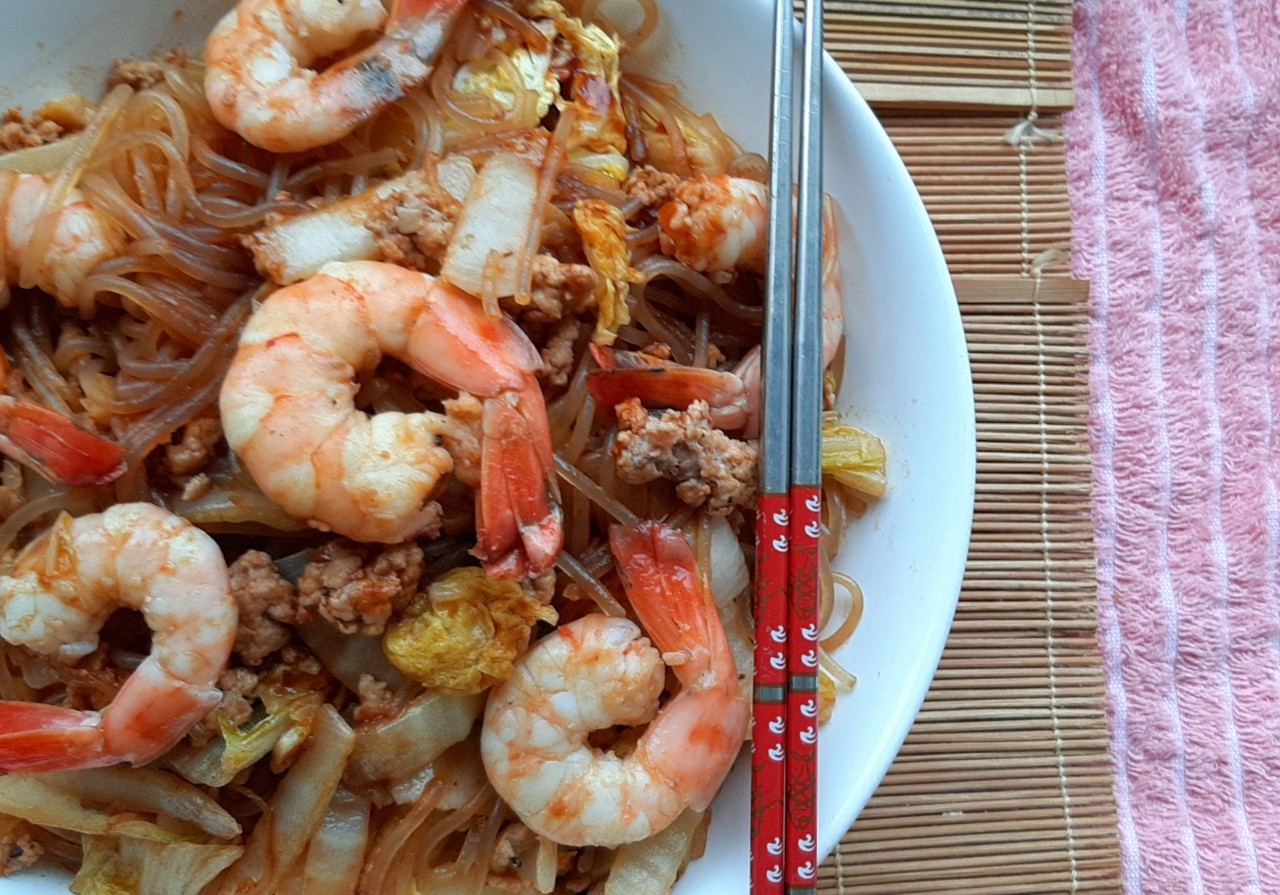 KOREAN dangmyeon noodles made from sweet potato, can be enjoyed cold or eaten piping hot. This delicious one-meal dish that takes minutes to whip up is best served immediately after cooking, and is not only ideal for busy days but also for the coming Chinese New Year when rich, festive food beckons over-indulgence.
KOREAN dangmyeon noodles made from sweet potato, can be enjoyed cold or eaten piping hot. This delicious one-meal dish that takes minutes to whip up is best served immediately after cooking, and is not only ideal for busy days but also for the coming Chinese New Year when rich, festive food beckons over-indulgence.
Total Time: 40 minutes
Difficulty: 2/5
Cost: $12.00
Serves: 4 persons
A: Meat, Seafood, Vegetables
300g pork, minced
450-500g shrimps, shelled & deveined
10 leaves Napa cabbage
1 head garlic, peeled and minced
3 tablespoons oil
B: Noodles
200g Korean sweet potato noodles
1 litre water
C: Sauce
2 tablespoons Korean gochujang (spicy bean paste)
80ml water
3 tablespoons sweet mirin
2 tablespoons cooking sake
1/3 cup soy sauce
DIRECTIONS:
1. Season shrimps with a little salt and pepper. Set them aside.
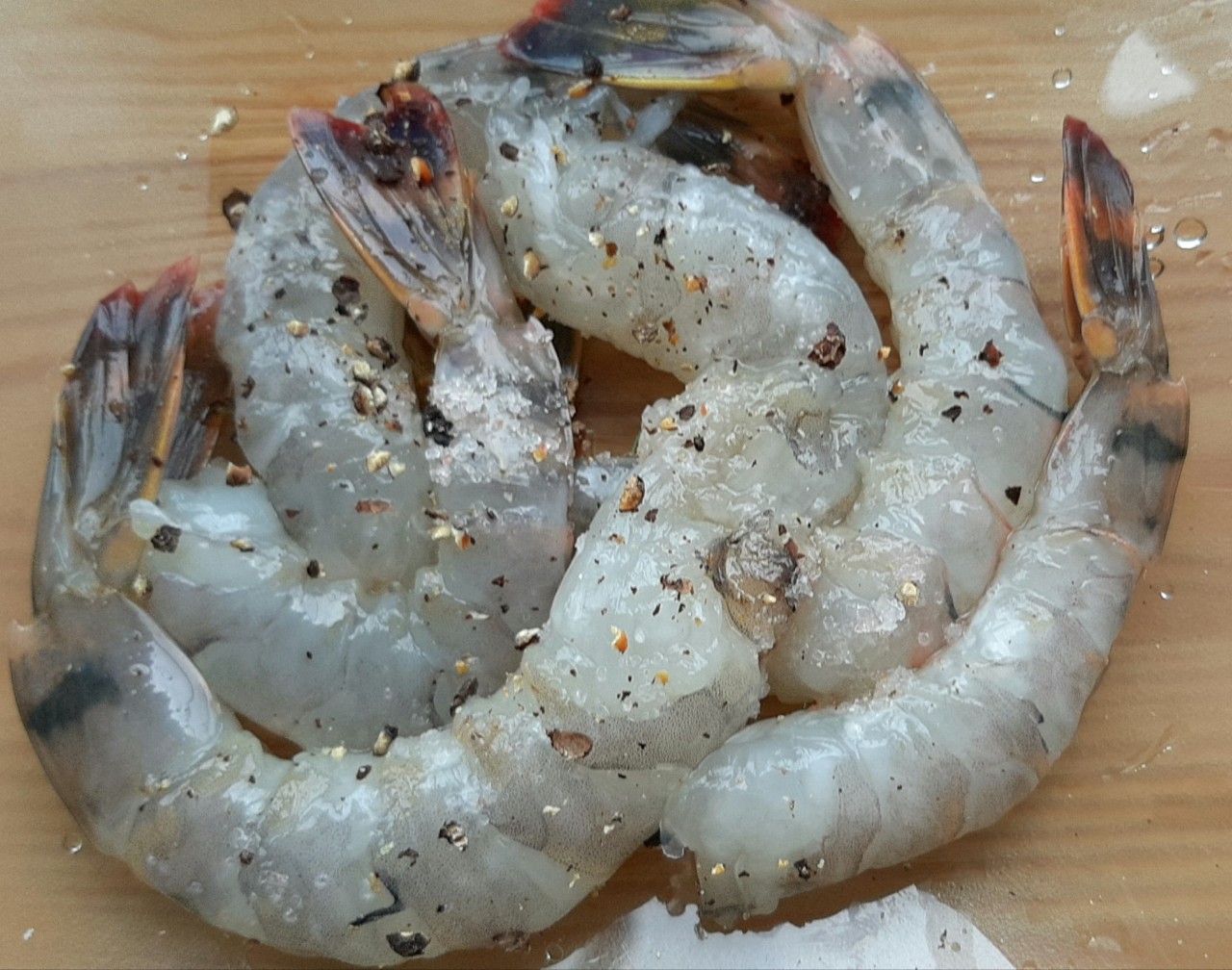 2. Separate hard stems and leaves of cabbage. Shred and set aside.
2. Separate hard stems and leaves of cabbage. Shred and set aside.
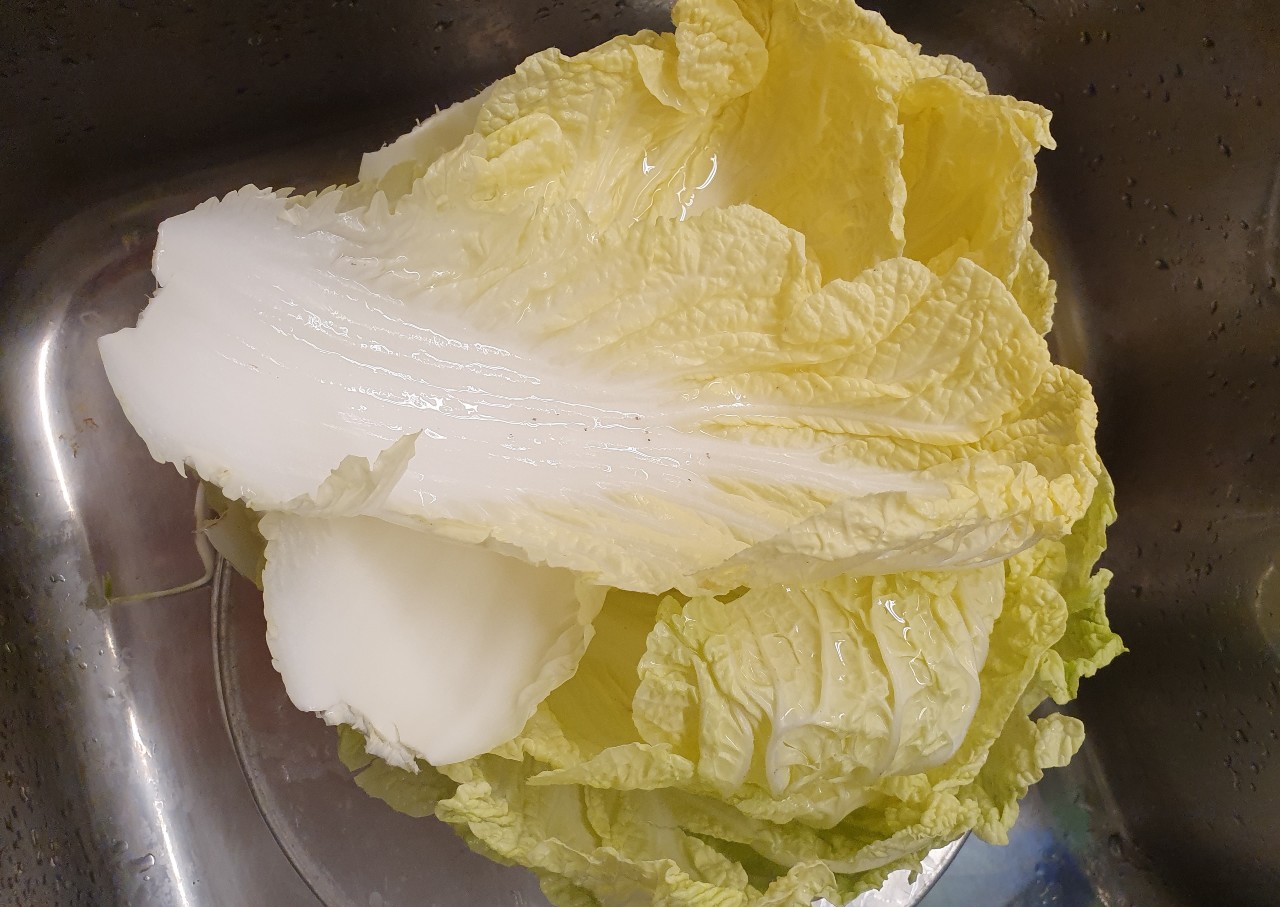 3. Bring 1 litre water to a rolling boil in a wok or large pot. Drop noodles in to boil for 5 minutes until soft. Drain and set aside.
3. Bring 1 litre water to a rolling boil in a wok or large pot. Drop noodles in to boil for 5 minutes until soft. Drain and set aside.
4. In a small mixing bowl, combine C ingredients except for gochujiang sauce.
5. Heat up oil in wok until smoking point. Sauté garlic until fragrant and golden brown.
6. Add pork, cook until colour changes.
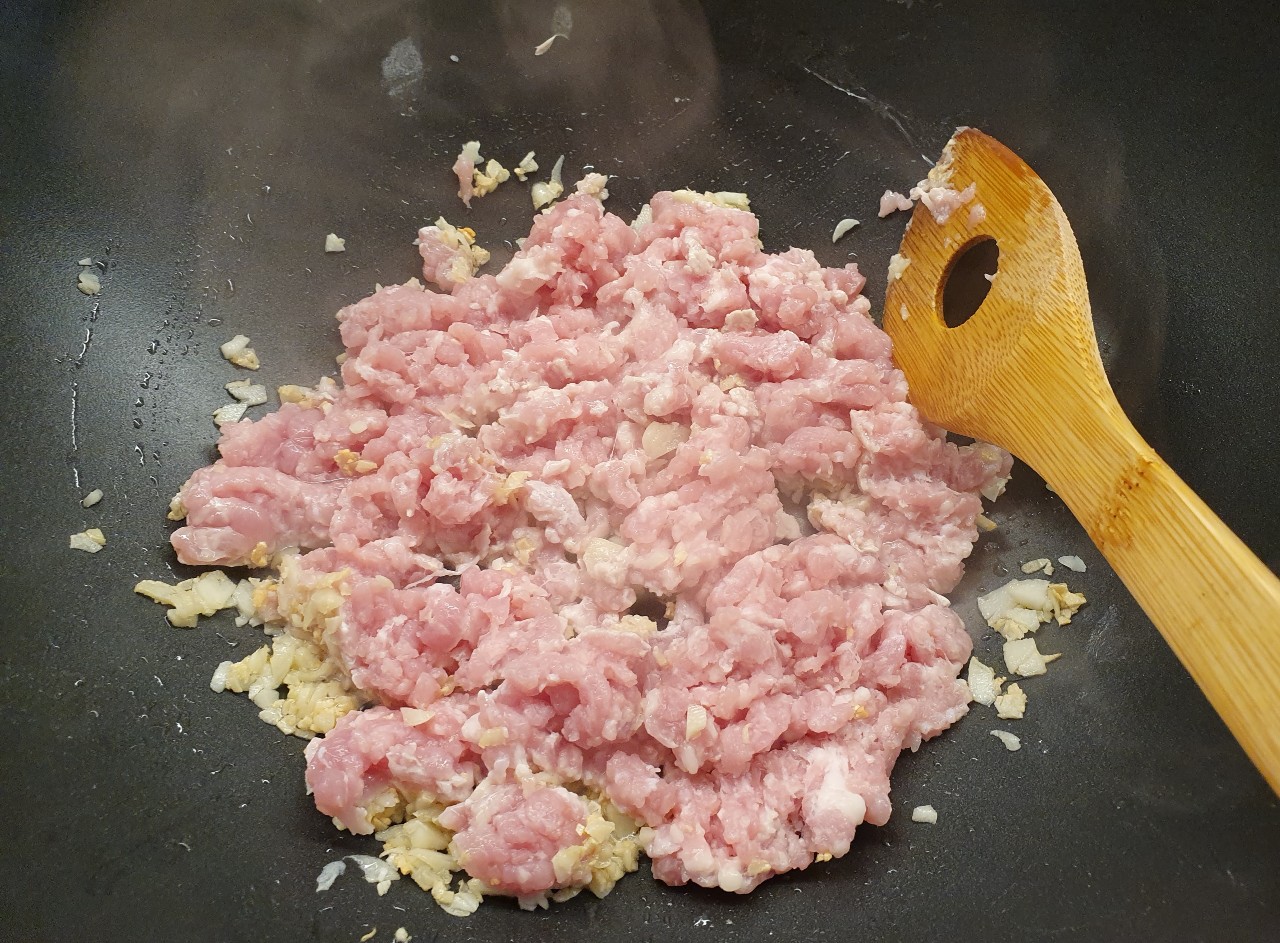 Next, add cabbage stems, followed by shrimps. When cabbage stems soften, add noodles and cabbage leaves. Spoon in gochujang paste — this condiment is the Korean equivalent to Japanese miso paste. Spicy and sticky, it is a pungent blend of red chilli, glutinous rice, fermented soybeans and salt. Check labels for spice levels as they vary across brands.
Next, add cabbage stems, followed by shrimps. When cabbage stems soften, add noodles and cabbage leaves. Spoon in gochujang paste — this condiment is the Korean equivalent to Japanese miso paste. Spicy and sticky, it is a pungent blend of red chilli, glutinous rice, fermented soybeans and salt. Check labels for spice levels as they vary across brands.
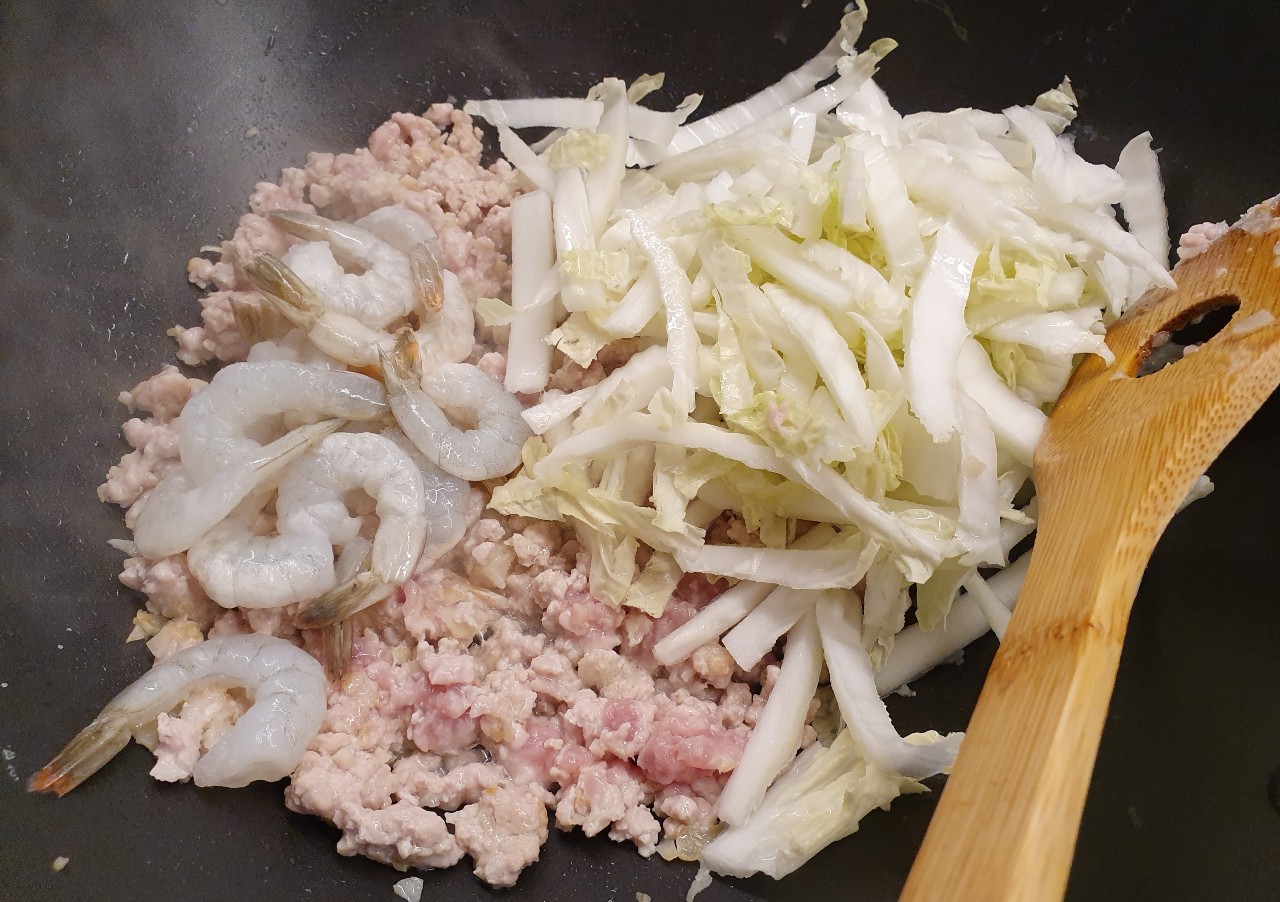 7. Drizzle C sauce except gochujiang paste over noodles. Toss well.
7. Drizzle C sauce except gochujiang paste over noodles. Toss well.
 8. Simmer until gravy is almost dried up. Serve immediately.
8. Simmer until gravy is almost dried up. Serve immediately.
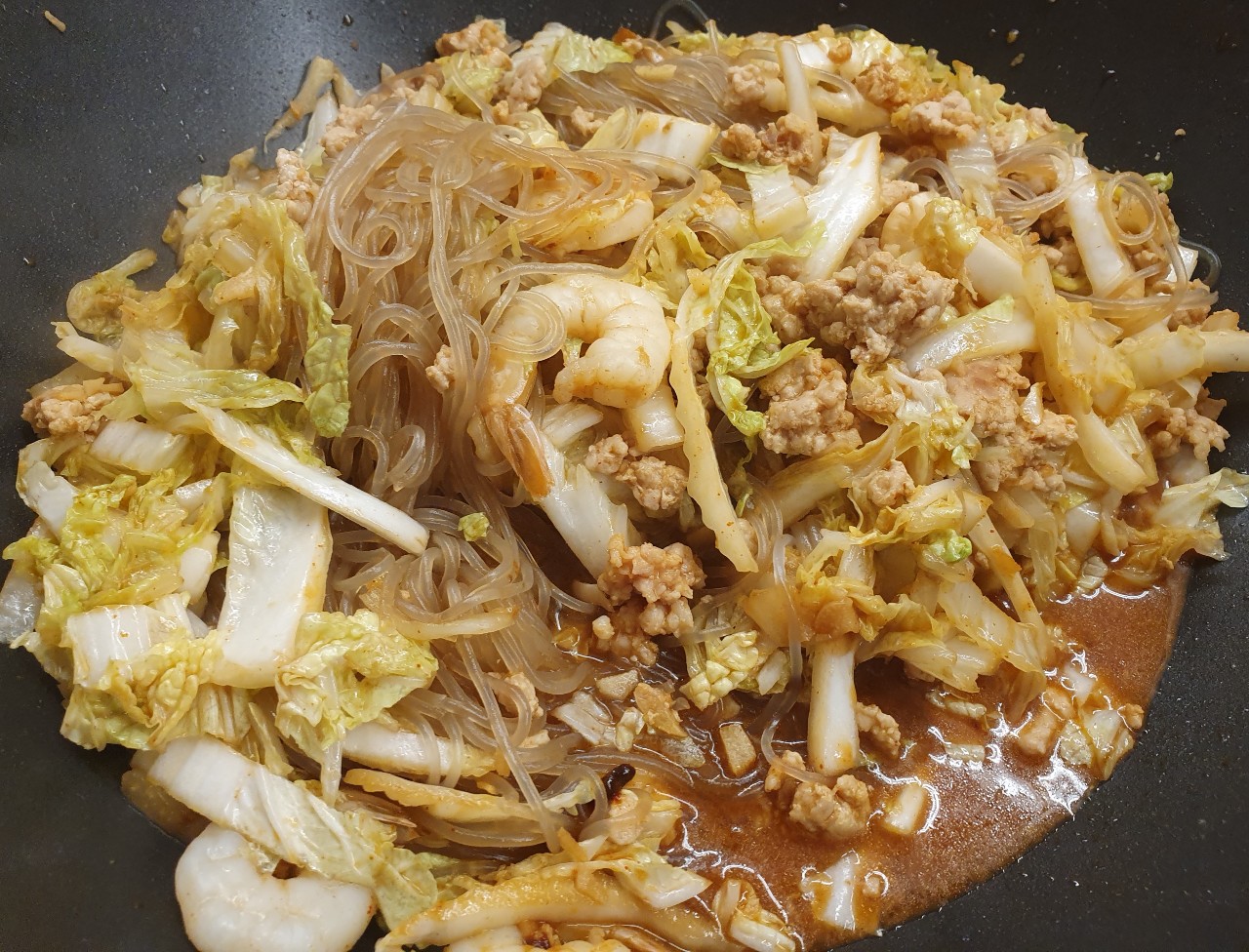
BUYING TIP: Korean glass noodles (left) made from sweet potato is thicker and greyish and it differs from the clear glass noodles fashioned from green beans. The greyish noodles is often used in making a popular festive dish japchae, stirfried noodles with meat and vegetables, a cornerstone of authentic Korean cuisine.
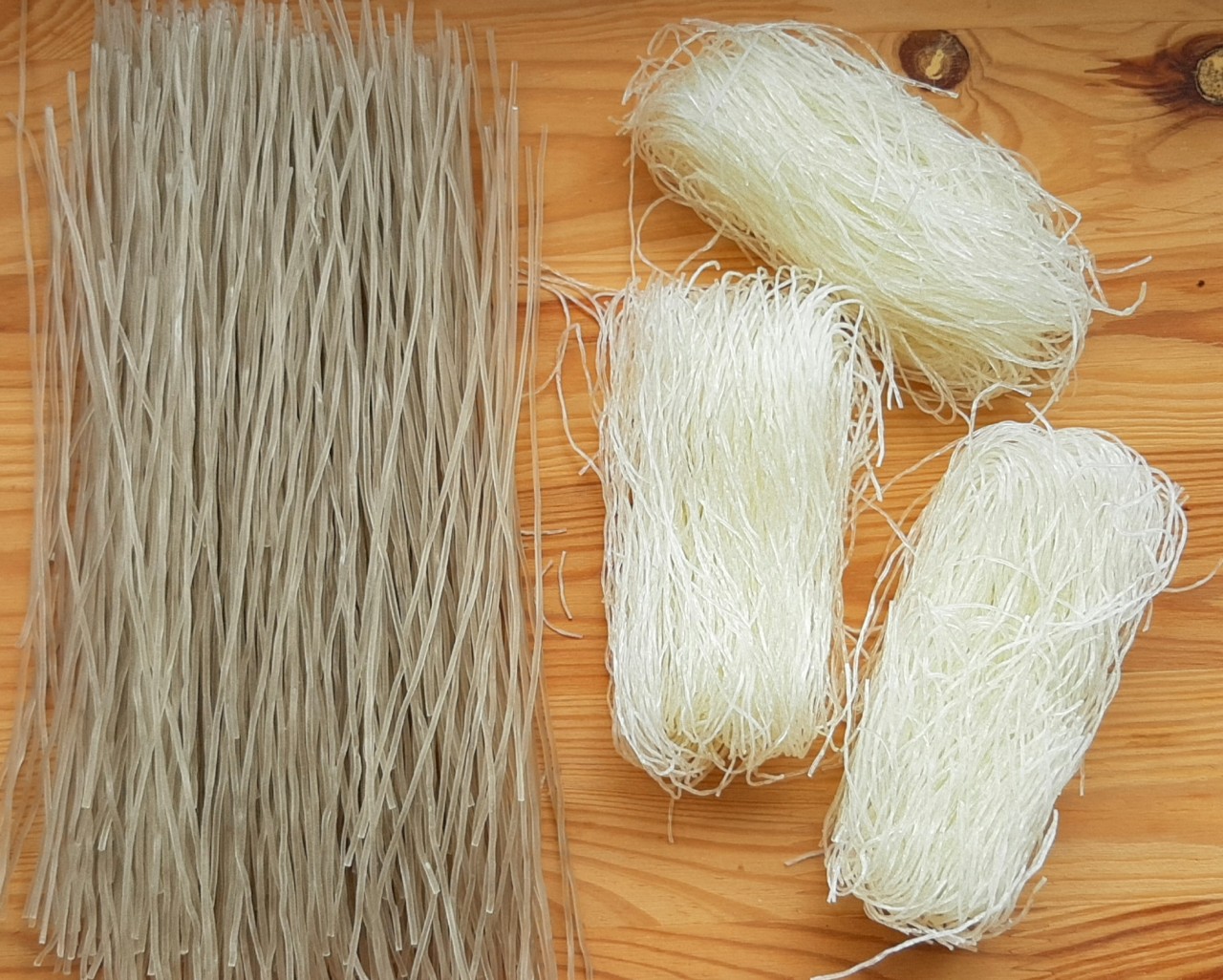
TECHNIQUE: As cabbage stems have a harder texture, they need a longer cooking time than leaves which wilt and soften faster.
Photos: Catherina Hosoi
Catherina is a cookbook author who founded Culinary Hobby Class Cooking Studio in 1985 imparting culinary knowledge through workshops. She developed “Eat Happy Live Healthy” concept to inspire people to cook healthy food based on Japanese and Asian cooking techniques. She maintains a lifestyle blog: https://catherinahosoi.com/
Click on STORM-Asia/food for more recipes and reviews of restaurants.
If you have a simple recipe to share, please email it whipitup@storm.sg.
You may like to try these recipes:
Braised Sweet and Savoury Pork Belly Pork in Soy Sauce



















